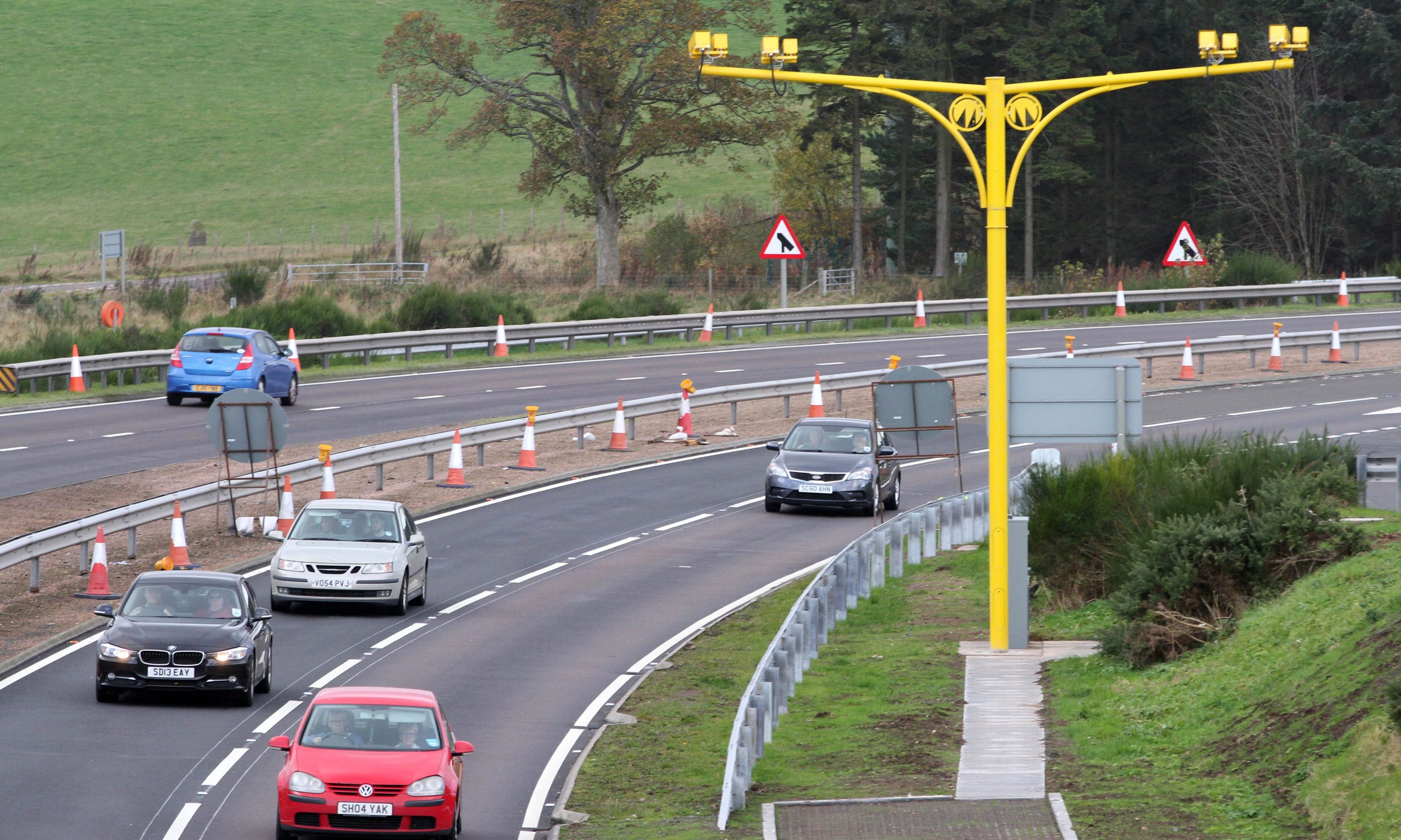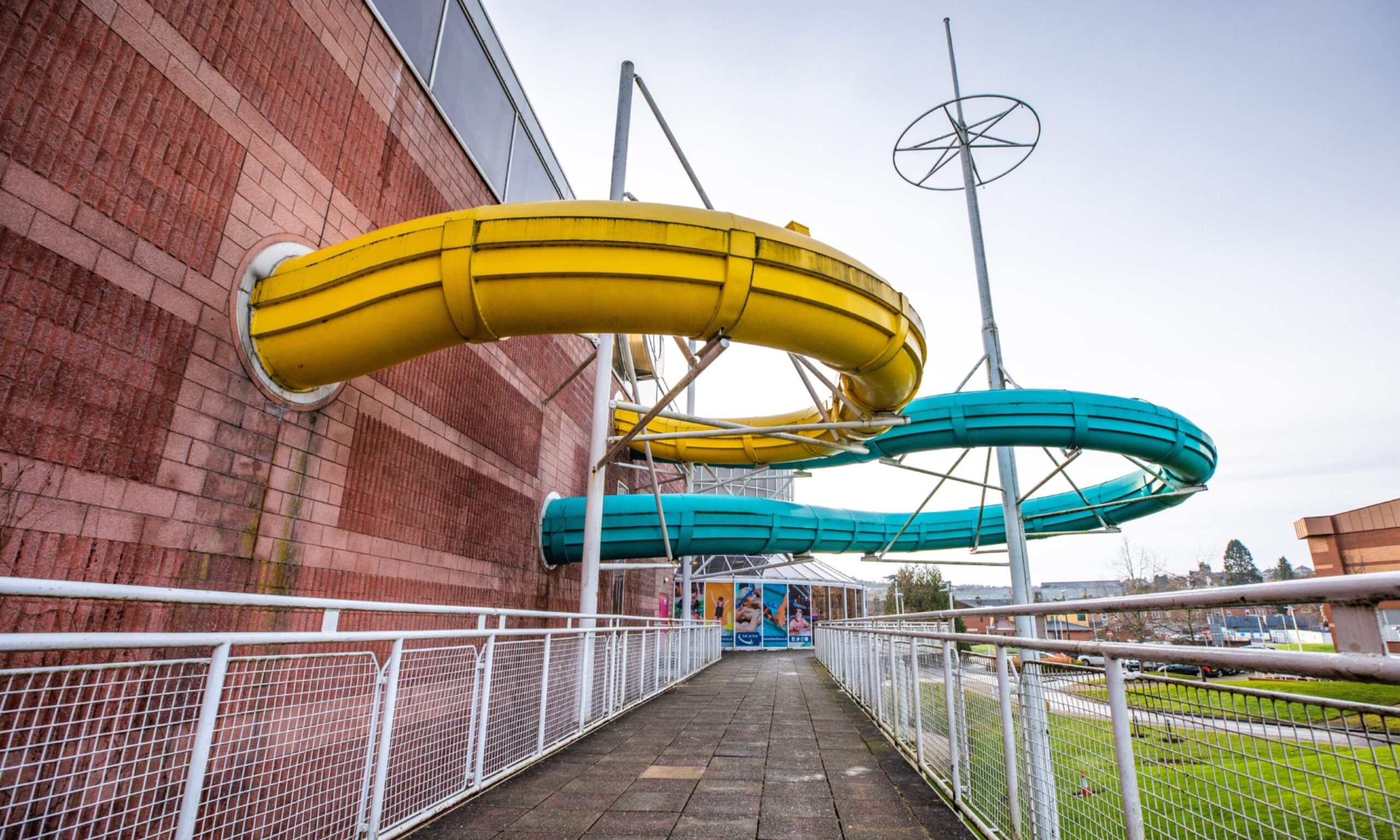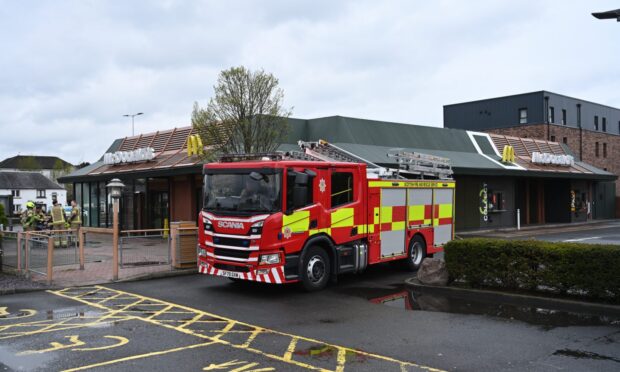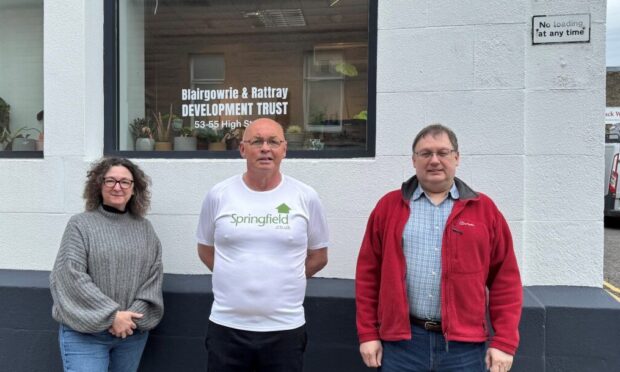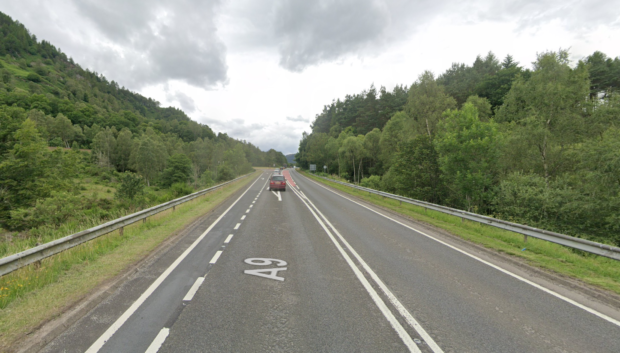Hundreds of motorists continue to break the speed limit on the A9 despite the presence of average speed cameras.
The cameras have had a marked and lasting impact upon drivers, with speeds reduced and the number of offences slashed.
A hardcore of travellers continue to ignore the limits placed upon the road in an effort to cut the number of deaths and serious accidents between Dunblane and Inverness.
Overall, however, the A9 Safety Group and Police Scotland say compliance levels have been “exceptionally high” and the level of “excessive speeding” extremely low.
Since the system went online on October 28, 2014, there have been 11,402 vehicles detected by the system exceeding the speed limit.
The overall average has been maintained at just over 11 vehicles each day exceeding the limits set upon the road between Dunblane and Perth and between Perth and Inverness.
Prior to the introduction of the average speed cameras, more than 12,000 drivers a year were being reported for fixed and mobile camera speeding offences within the monitored area.
The introduction of average speed cameras, therefore, has contributed to a significant reduction in the number of offences, with an annual average reduction of more than 66% in the number of drivers being detected speeding.
Though speeds have been successfully lowered on the A9, its reputation as a dangerous road has not been entirely forgotten.
The past six months have seen fatal accidents on each stretch of the road, both of which are still being investigated by Police Scotland.
The first took place on April 20 when a panel van travelling south on the approach to the Keir Roundabout, by Dunblane, collided with the rear of a car which was in a traffic queue.
That resulted in it being pushed into the rear of a heavy goods vehicle, fatally injuring the driver of the car and seriously injuring two other people.
The following day, April 21, a northbound car drifted across onto the southbound carriageway and collided with a southbound car near to Pitlochry.
The driver of the southbound vehicle was fatally injured and three others suffered serious injury.
